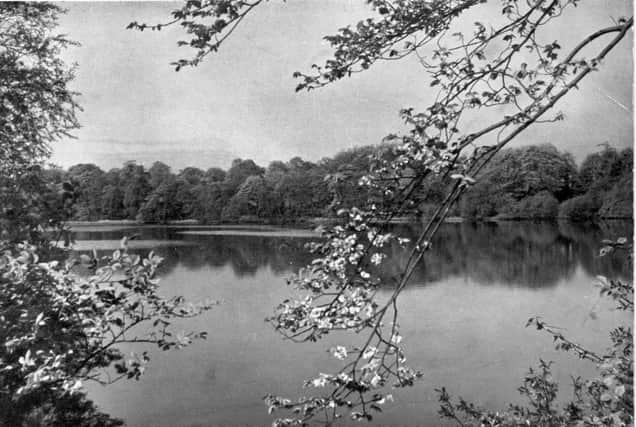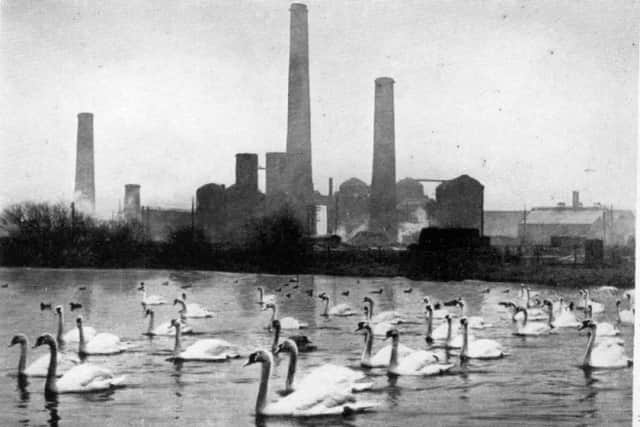Carron Dams: When water powered the industrial revolution


As a child I can remember peering over the wall in Stenhouse Road at these great man-made lakes which I later discovered were part of the power system which drove the greatest iron foundry in Europe.
Although there is still a good deal of water in the dams they are for the most part overgrown as part of a deliberate and laudable plan to create a tranquil wildlife sanctuary where once the mighty blast furnaces lit up the skies and the forge hammers deafened all within earshot.
Advertisement
Hide AdAdvertisement
Hide AdWhen the founding partners Roebuck, Cadell and Garbett decided that the Carron site was “infinitely preferable to all others” for their new works in 1759, one of the reasons was that water could be drawn from the Carron a mile or so away below Larbert Cross near the Old Parish Church, and fed through a lade known as the ‘furnace lead’ to the works where a large reservoir would be created.


From here the power of falling water would turn a great wheel and drive the bellows for the blast and power the forge.
The following year after many a long legal argument with the landowners in Larbert the lade was dug out by soldiers hired from Bo’ness.
It was 14 feet wide by about five feet deep and today it is possible to walk from the viaduct along its length past Carronvale House to what remains of the great reservoirs.
Advertisement
Hide AdAdvertisement
Hide AdBack in the 1760s the lade builders also helped lay the foundations of three reservoirs, the earliest of which, the Furnace Pool was completed in 1761.
A few years later the larger Forge Dam known later as the “small dam” was in use and the system was completed in 1775 with the filling of the great 30 acre Wester or Large Dam which is the one we all remember seeing from the road.
It was shaped a bit like an ear and was relatively shallow at about three feet while the Forge Dam was three times deeper.
The dams were separated by raised paths which allowed some of the leading men of Carron over the years to stroll along from their fine houses like Carrongrange, Mount Carron or Carron Park to see what the workers were up to in their absence!
Advertisement
Hide AdAdvertisement
Hide AdThe public were discouraged from using the reservoirs for fishing or swimming but that didn’t stop local people chancing their arms or indeed prevent the Manager for Carron, Eric Leaver, in the 1950s, sailing his little boat among the famous swans.
Even after the arrival of steam power in the late 18th century the works continued to depend on water supplies for a number of other purposes.
The original Furnace Pool was removed in stages but the other two survived right through until the company closed in 1980.
Much of the water was removed and nature was allowed to reclaim the space.
Advertisement
Hide AdAdvertisement
Hide AdToday it is a nature reserve with many interesting species of plants and animals and also home to a nature trail which tells the story of the works and the dams.
Children from the local schools have played a big part in creating this fascinating space which is reminds us of the great days when water powered Falkirk’s industrial revolution.